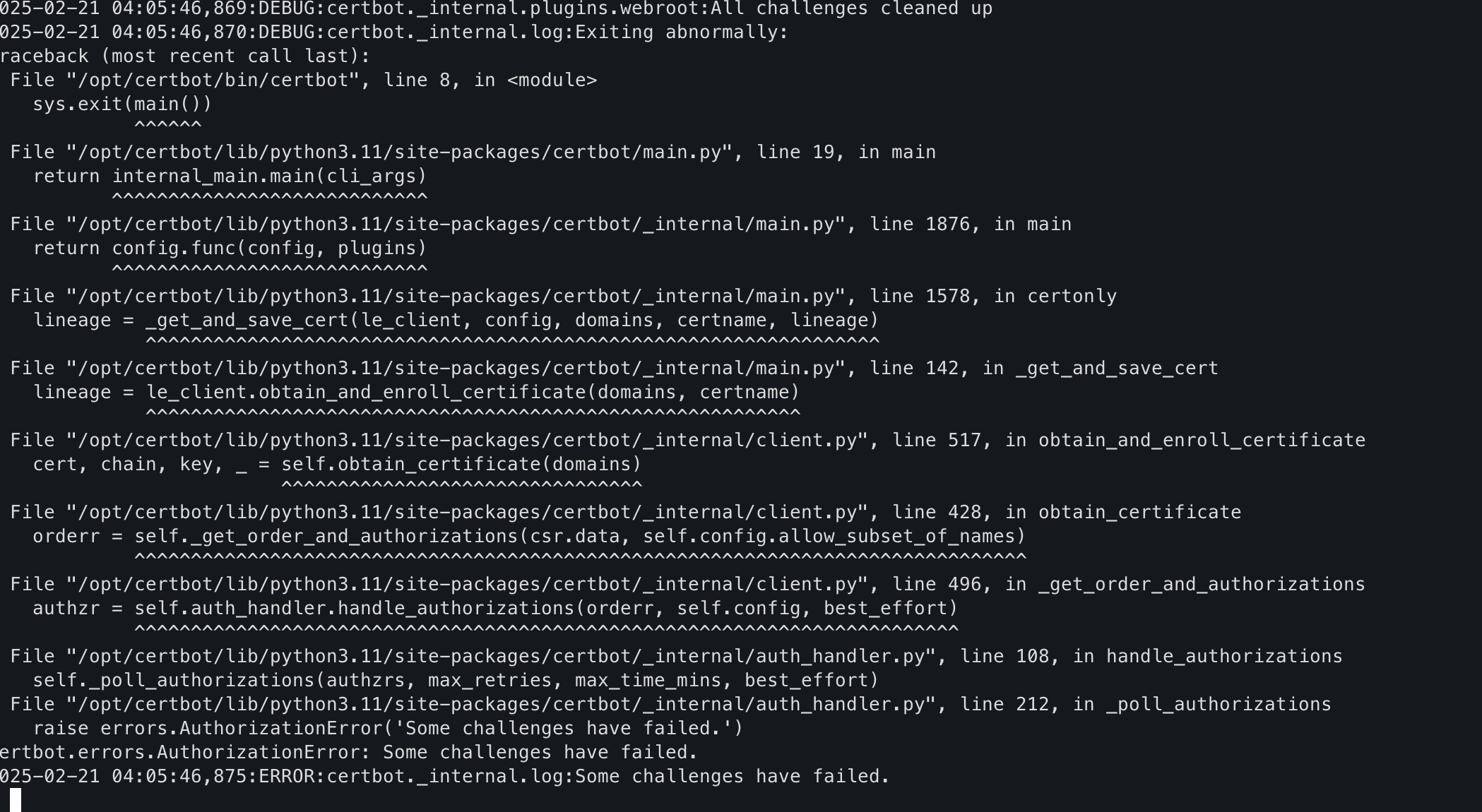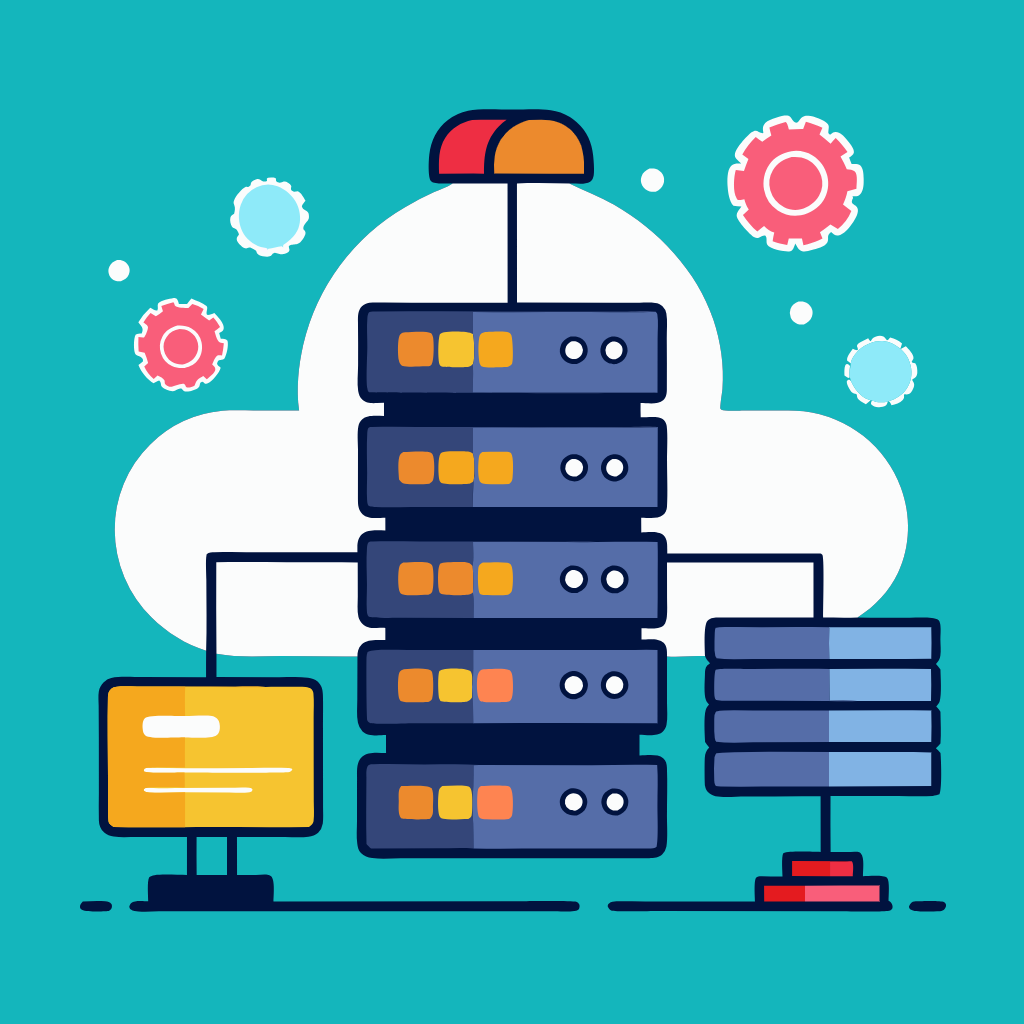Managing who has access to your company’s data is crucial for keeping it safe from unauthorized use. Data access management is all about using methods like password protection, identity verification, and encryption to safeguard your data. Not only does it prevent data leaks, but it also ensures compliance, streamlines workflows, and reduces human error. Let’s dive into the different types of data access management and how you can implement them in your organization.
Why is Data Access Management Important?
Proper data access management offers multiple benefits:
- Prevents unauthorized access: Keeps your data secure from both internal and external threats.
- Supports compliance: Helps your organization meet regulatory requirements.
- Streamlines data workload: Makes managing and accessing data more efficient.
- Reduces human error: Minimizes mistakes by controlling who can access and alter data.
Types of Data Access Management
Different methods of data access management suit different organizational needs. Here are a few common types:
- Discretionary Access Control (DAC)
- Definition: The owner of the data decides who can access it.
- Example: A project manager controls access to the project files and decides which team members can view or edit them.
- Mandatory Access Control (MAC)
- Definition: Users are assigned risk levels that determine the data they can access.
- Example: In a government agency, classified information is only accessible to employees with the appropriate security clearance.
- Role-Based Access Control (RBAC)
- Definition: Access is determined by the roles within an organization.
- Example: In a hospital, doctors can access patient records while administrative staff can access billing information.
- Attribute-Based Access Control (ABAC)
- Definition: Access is based on factors like location, time, and user attributes.
- Example: Employees can only access certain files when logged in from the office during business hours.
Levels of Data Security
When creating a data access plan, consider the level of security each type of data requires. Different organizations might classify data differently, but here’s a general idea of security levels:
- Public: Data that is accessible to everyone.
- Internal: Data that is restricted to employees within the organization.
- Confidential: Sensitive data that only specific employees can access.
- Restricted: Highly sensitive data with very limited access.
Key Takeaways
Managing data access is essential for protecting confidential information and ensuring that employees can access the data they need. To create an effective data access management plan, assign permissions based on both the data and the people accessing it. This ensures the security of critical information while keeping your team’s needs in focus.
Step-by-Step Guide to Implement Data Access Management
- Identify Your Data
- Step: List all types of data your organization collects and categorizes them based on sensitivity.
- Example: Classify data like public, internal, confidential, and restricted.
- Choose the Right Access Control Method
- Step: Decide which data access management method suits your organization’s needs.
- Example: For a small business, discretionary access control might be sufficient, while a larger corporation might need role-based access control.
- Assign Permissions
- Step: Assign access levels to employees based on their roles and the sensitivity of the data.
- Example: Grant HR staff access to employee records but restrict access to financial data.
- Implement Security Measures
- Step: Use tools like encryption, password protection, and identity verification to secure data.
- Example: Encrypt sensitive emails and require two-factor authentication for accessing confidential information.
- Regularly Review and Update Access Controls
- Step: Continuously monitor and update access controls to ensure they remain effective.
- Example: Conduct quarterly reviews to adjust permissions based on changes in roles or data sensitivity.
By following these steps, you can create a robust data access management plan that protects your organization’s data while ensuring that your team has the access they need to do their jobs effectively.
Discover more from Susiloharjo
Subscribe to get the latest posts sent to your email.





